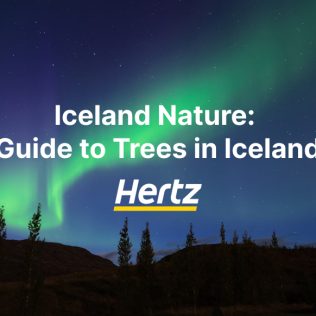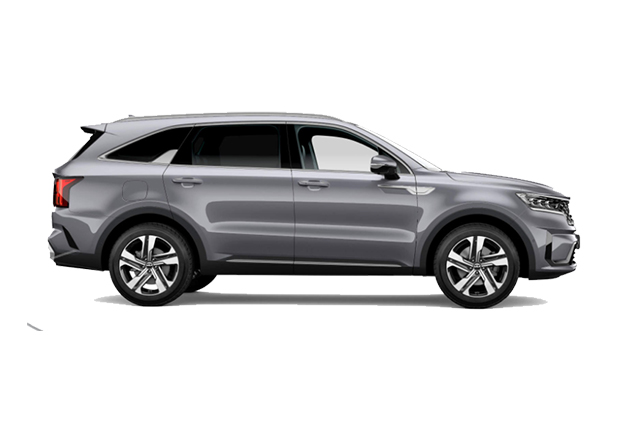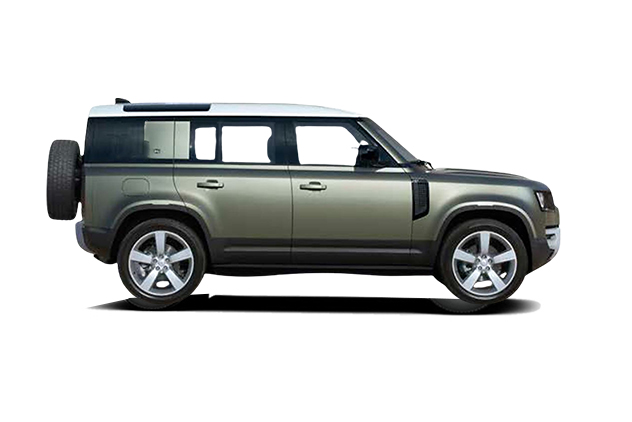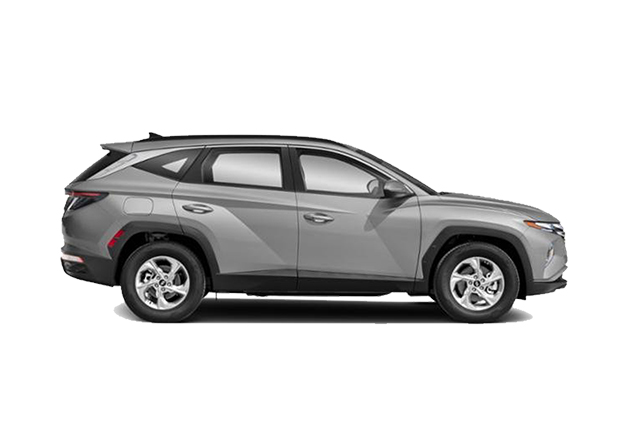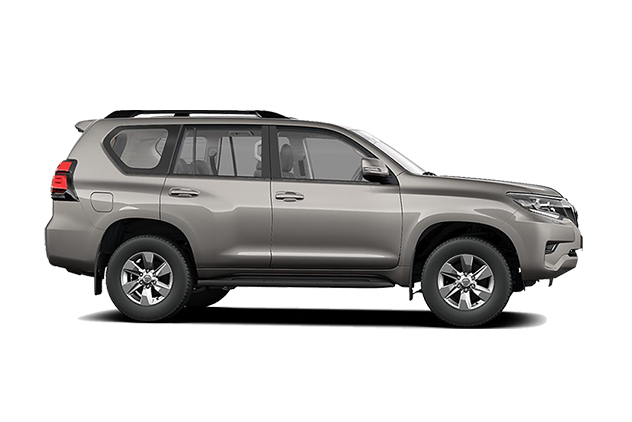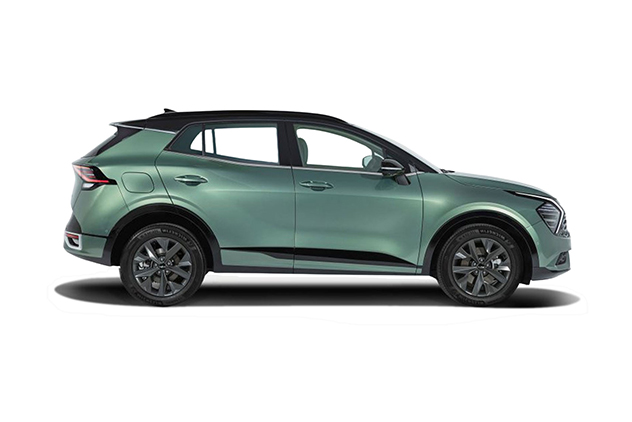Iceland is famous for its vast, open landscapes, stunning waterfalls, and rugged terrain. Many people think of it as a treeless land, but there’s a fascinating history behind Iceland’s trees. Understanding the past, present, and future of Iceland’s forests helps us appreciate the ongoing efforts to bring back these beautiful landscapes.
Plus, if you’re planning a trip, exploring Iceland’s forests with a self-drive tour is a great way to go. Renting a car from Hertz Iceland makes this easy and convenient, letting you explore at your own pace.
A Look Back: Were There Trees in Iceland When the Vikings Arrived?
Iceland’s Landscape Before Human Settlement
Around one million years ago, Iceland looked very different. The island was covered with trees, especially downy birch (Betula pubescens) and rowan (Sorbus aucuparia). These trees thrived in Iceland’s unique climate, creating lush, green areas that were quite a contrast to the island’s current look.
Viking Arrival and Its Impact on Icelandic Forests
When the Vikings arrived in Iceland over a thousand years ago, they found a land rich in birch forests. But as they settled, things began to change. The Vikings cut down trees as building material for building homes and farming, and they brought sheep, which grazed heavily on the young trees and vegetation. This led to severe deforestation, and over time, the lush forests that once covered Iceland largely disappeared.
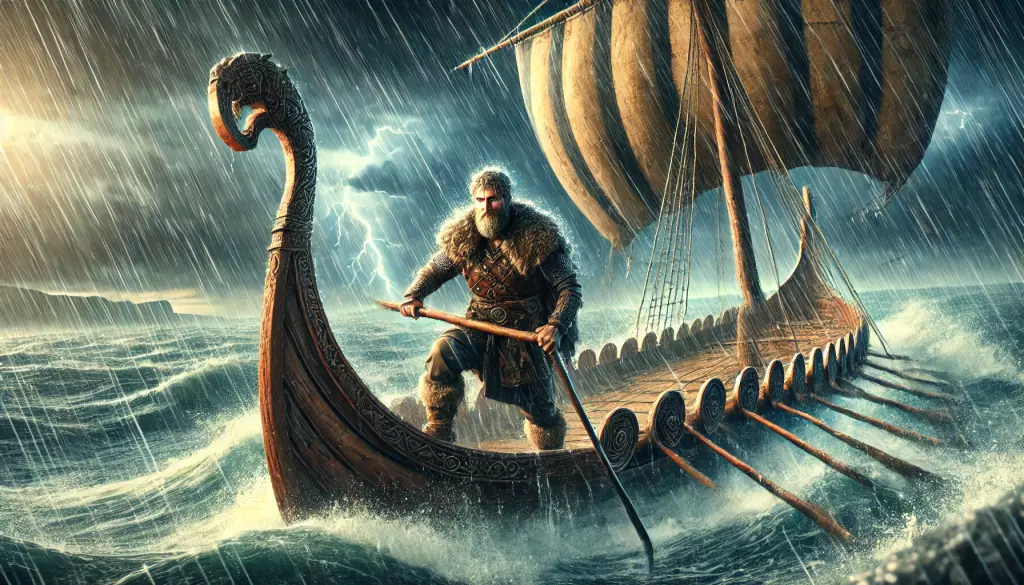
Are There Trees in Iceland Today?
Current Status of Iceland’s Forests
Today, Iceland’s forest cover is minimal compared to what it once was. You’ll still find some native tree species, like the tea-leaved willow (Salix phylicifolia) and aspen (Populus tremula), but they’re few and far between. The landscape is mostly open and sparse, with forests making up only a tiny fraction of the land.
Iceland’s Biggest Forest in Iceland: Hallormsstaðaskógur
Hallormsstaðaskógur, located in East Iceland near the town of Egilsstaðir, is the largest forest in the country and a must-visit for nature lovers. Spanning over 740 hectares, this forest is a green oasis filled with a diverse mix of native and imported tree species, including birch, larch, and pine.
It’s not just a forest; it’s a vibrant natural area with well-marked hiking trails, picnic spots, and stunning views of Lake Lagarfljót. To get to Hallormsstaðaskógur, you can easily drive from Egilsstaðir, which is about a 30-minute journey on Route 931.
If you’re exploring Iceland with a rental car from Hertz Iceland, it’s a smooth and scenic drive, allowing you to enjoy the beautiful landscapes of East Iceland along the way. This forest offers a rare glimpse into what Iceland’s landscape might have looked like centuries ago, making it a unique and enriching stop on your self-drive tour.
Iceland’s Native Trees and Adaptation
Iceland’s native trees, like the downy birch, are tough and have adapted well to the island’s challenging conditions. These trees are resilient, enduring harsh winds, cold temperatures, and volcanic soil. Despite their hardiness, they struggle to thrive due to the ongoing challenges of soil erosion and human impact.
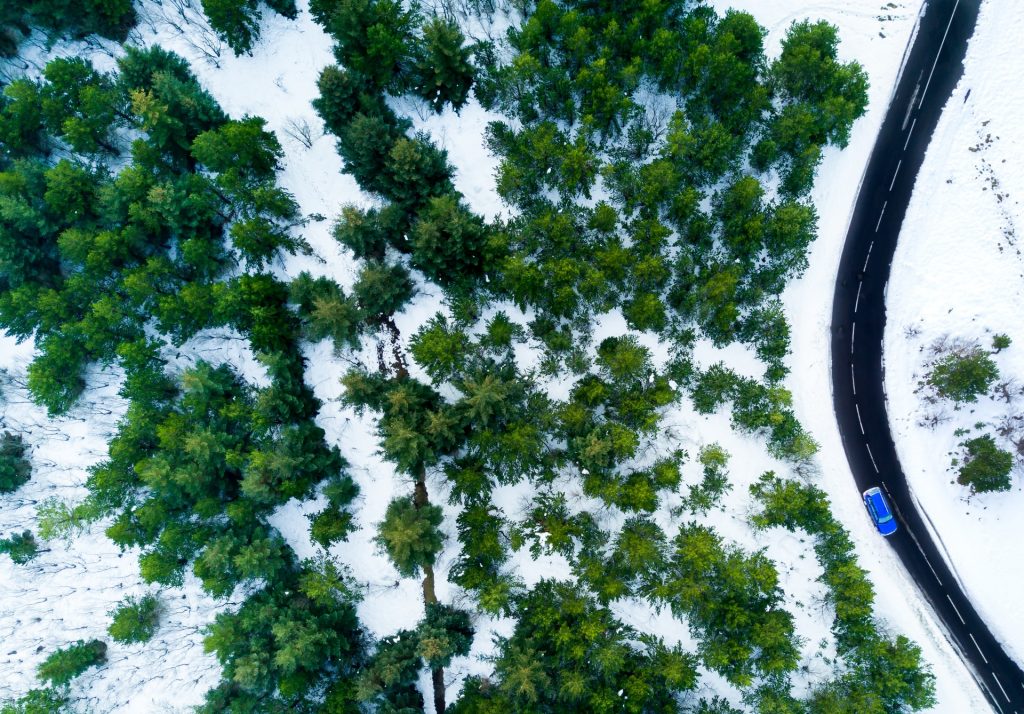
Where Can You Find Trees in Iceland?
If you’re looking to explore Iceland’s forests, there are still some beautiful spots to visit. East Iceland and areas around the Golden Circle have some notable tree presence. Iceland also has national forests managed by the Icelandic Forest Service, dedicated to preserving and expanding the country’s woodlands.
For those eager to see these forests, renting a car from Hertz Iceland offers the freedom to explore remote locations and Iceland’s national parks. You can enjoy a scenic drive through East Iceland or take a detour along the Golden Circle to discover Iceland’s hidden groves.
Why Are There So Few Trees in Iceland?
The Role of Volcanic Eruptions and Soil Erosion
One big reason for Iceland’s lack of trees is its volcanic nature. Volcanic eruptions have repeatedly blanketed the island with ash, disrupting tree growth. Additionally, the erosion that follows these eruptions washes away the fertile topsoil that trees need to grow, making reforestation a slow and challenging process.
The Impact of Climate and Human Activities
Iceland’s climate is another factor. The cold, windy weather and short growing seasons make it hard for trees to take root and thrive. On top of this, human activities like sheep grazing have further prevented forests from regrowing. Overgrazing leaves little room for young trees to sprout, contributing to the island’s sparse tree cover.
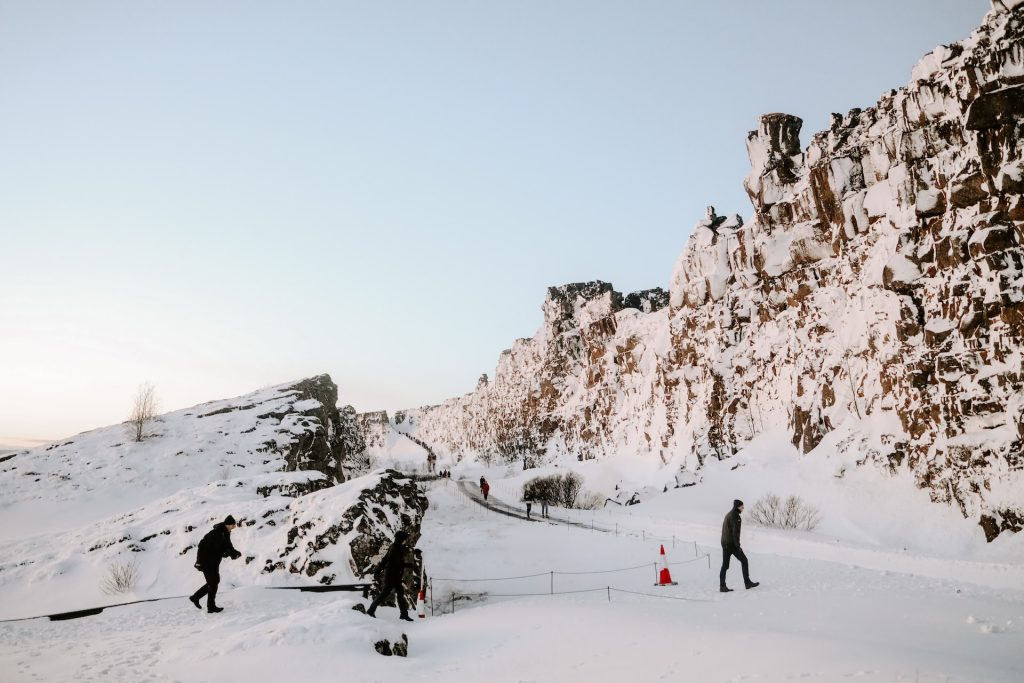
Reforestation Efforts: Can Iceland Bring Back Its Forests?
Reforestation and Restoration Initiatives
Despite the challenges, there are ongoing efforts to bring back Iceland’s forests. The Icelandic Forest Service is actively working on reforestation projects, focusing on planting native species and even some non-native trees that can withstand Iceland’s conditions. These initiatives aim to restore forest cover, improve biodiversity, and reduce soil erosion.
Success Stories and Future Goals
In the last 50 years, there have been some reforestation successes. Areas once barren are now seeing new growth, with young forests beginning to take shape. The long-term goal is to expand these forests, bringing trees back to areas where they once thrived. This reforestation not only beautifies the landscape but also plays a crucial role in combating soil erosion and climate change.
Challenges in Reforestation
Reforestation in Iceland isn’t without its hurdles. The harsh climate means that trees grow slowly, and ongoing soil erosion remains a constant threat. Balancing reforestation with agriculture is also key, as Iceland needs to manage its land sustainably to support both trees and farming.
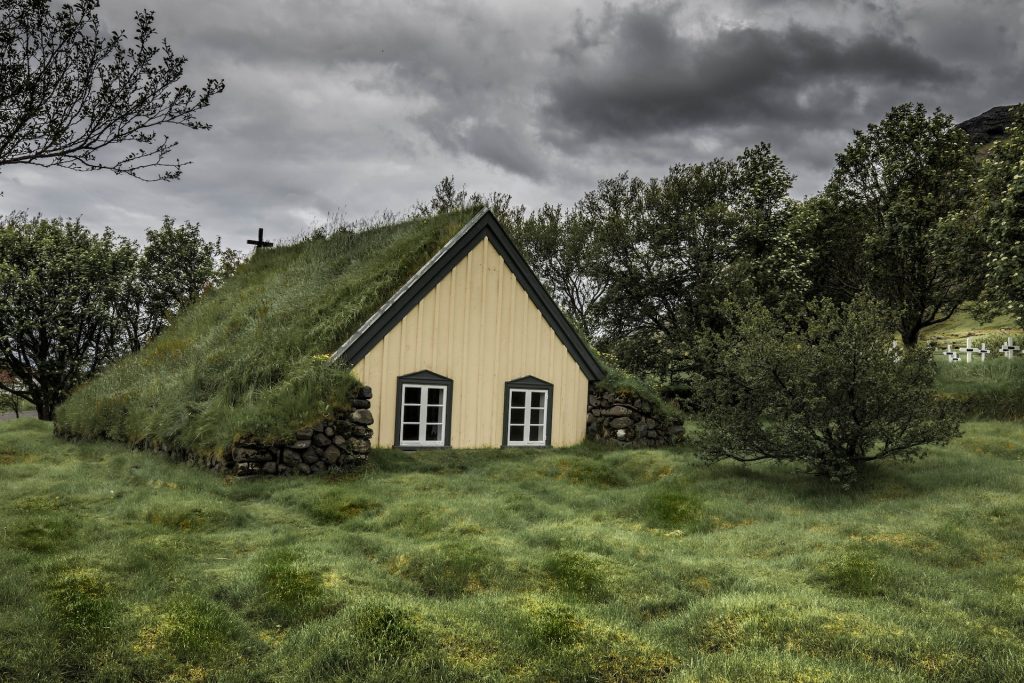
Conclusion
Iceland’s journey with its forests is one of loss and hopeful restoration. From lush woodlands to the almost treeless landscapes we see today, the past, present, and future of trees in Iceland tell a story of resilience and recovery. Reforestation efforts are essential for a sustainable future, offering the promise of greener landscapes and healthier ecosystems.
So, when you visit, consider exploring these evolving forests. With a rental car from Hertz Iceland, you can easily reach these scenic spots and witness the beauty of Iceland’s reforestation efforts firsthand. It’s a journey worth taking!
